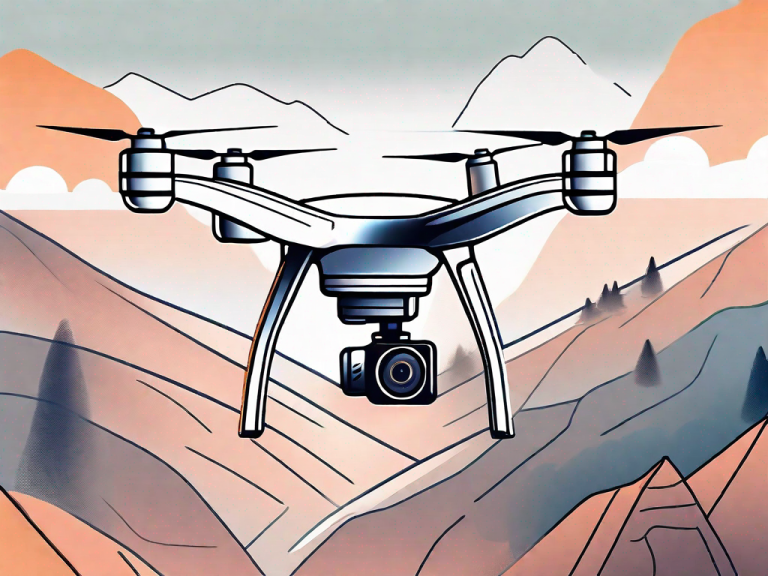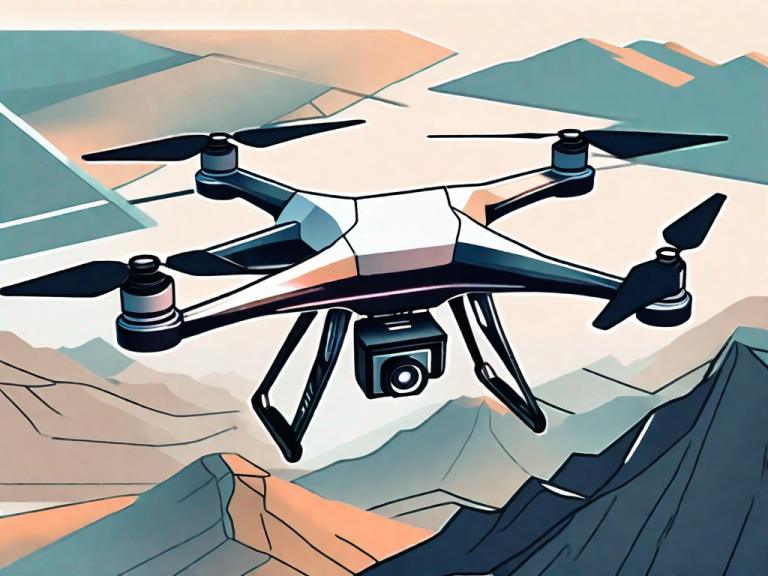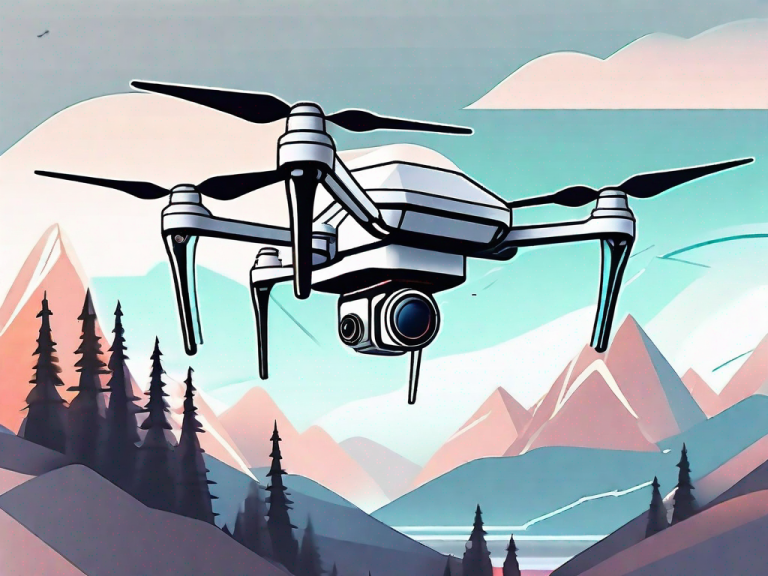In today’s digital age, filmmaking has become more accessible than ever before. With the rise of affordable cameras and filmmaking equipment, aspiring filmmakers can bring their creative visions to life without breaking the bank. Finding the best camera for budget filmmaking can be a daunting task, as there are numerous options available in the market. In this article, we will guide you through the process of choosing the right camera for your budget filmmaking needs. We will explore various camera types, discuss essential features to look for, and provide helpful tips and tricks to maximize your camera’s potential on a limited budget.
Introduction to Budget Filmmaking
Before we dive into the world of budget filmmaking cameras, let’s first understand what budget filmmaking entails. Budget filmmaking refers to creating films, shorts, or videos on a limited budget. It typically involves working with lower-cost equipment, minimal crew, and utilizing creative solutions to overcome financial limitations. Budget filmmaking does not mean compromising on quality; rather, it is about making the most of the resources available to you.
One of the key aspects of budget filmmaking is the ability to think outside the box and find innovative ways to achieve your vision. This may involve using unconventional locations, repurposing props and costumes, or even enlisting the help of friends and family as actors or crew members. By embracing the limitations of a limited budget, filmmakers can often discover unique and creative solutions that add a distinct charm to their projects.
Understanding the Importance of Choosing the Right Camera
When it comes to budget filmmaking, choosing the right camera is crucial. The camera you select will determine the overall quality of your footage. It is essential to strike a balance between affordability and performance to ensure you get the best possible results. A camera with the right features and capabilities can elevate your filmmaking to new heights, even on a limited budget.
One important factor to consider when choosing a camera is the sensor size. The sensor size affects the image quality, especially in low-light conditions. Cameras with larger sensors tend to produce better image quality and have improved dynamic range. This can be particularly beneficial when shooting in challenging lighting situations or when you want to achieve a cinematic look. Therefore, it is worth researching and comparing different camera models to find one with a sensor size that suits your filmmaking needs.
Factors to Consider When Selecting a Camera for Budget Filmmaking
When it comes to choosing a camera for budget filmmaking, several factors should influence your decision. The following considerations will help you narrow down your options and find the perfect camera for your needs:
Budget:
First and foremost, consider your budget. Determine how much you are willing to spend on a camera. It is crucial to set a realistic budget that aligns with your filmmaking goals while keeping your financial constraints in mind.
Image Quality:
Image quality plays a vital role in filmmaking. Look for a camera that can capture sharp, detailed footage with accurate colors. High-resolution sensors and advanced image processing capabilities are essential for achieving professional-looking results.
Video Resolutions and Frame Rates:
Consider the video resolutions and frame rates offered by the camera. The ability to shoot in different resolutions, such as Full HD (1080p) or 4K, allows for greater flexibility in post-production. Higher frame rates, such as 60fps or 120fps, enable you to capture smooth slow-motion shots.
Low-Light Performance:
Filmmaking often involves shooting in various lighting conditions. A camera with good low-light performance ensures that your footage remains clear and vibrant, even in challenging lighting situations. Look for cameras with larger sensors and strong ISO performance for better low-light capabilities.
Lens Compatibility:
Consider the availability and compatibility of lenses for the camera you choose. A versatile lens system allows you to experiment with different focal lengths and achieve various looks, enhancing the visual storytelling aspect of your films.
Interface and Controls:
Ensure that the camera has a user-friendly interface and intuitive controls. Filmmaking requires quick access to essential settings and a seamless user experience. Cameras with well-designed interfaces and customizable buttons facilitate efficient operation and save valuable time during shoots.
Audio Quality:
In addition to image quality, audio quality is also crucial in filmmaking. Look for a camera that has built-in microphones or the ability to connect external microphones for capturing clear and high-quality sound. Good audio can greatly enhance the overall viewing experience and make your films more professional.
Exploring Different Camera Types for Filmmaking on a Budget
When it comes to budget filmmaking, several camera types offer excellent features and performance at affordable price points. Let’s explore some of the most popular camera types for budget-conscious filmmakers:
Budget-Friendly DSLR Cameras for Filmmakers:
DSLR cameras have long been a favorite among filmmakers due to their versatility and affordability. These cameras offer superior image quality, interchangeable lenses, and manual controls, allowing for greater creative freedom. Look for models with video-specific features, such as clean HDMI output and microphone jacks.
Mirrorless Cameras: Affordable Options for High-Quality Video Recording:
Mirrorless cameras have gained popularity in recent years for their compact size, advanced autofocus systems, and superb image quality. Many mirrorless cameras offer impressive video capabilities, including 4K recording and high frame rates. Look for models with in-body image stabilization (IBIS) for steady handheld footage.
Compact and Lightweight Cameras: Perfect for On-the-Go Filmmaking on a Budget:
If portability is a priority, compact and lightweight cameras offer an ideal solution for budget filmmakers. These cameras are highly portable, making them perfect for travel or run-and-gun shooting scenarios. Look for models with good low-light capabilities and advanced autofocus systems to capture your shots effortlessly.
Camcorders: A Cost-Effective Choice for Amateur Filmmakers:
Camcorders are specifically designed for video recording and are often budget-friendly. These cameras are easy to use, offer built-in image stabilization, and have extended battery life, making them an excellent choice for amateur filmmakers. Look for models with manual controls and audio inputs for greater control over your footage.
Action Cameras: Versatile and Affordable Solutions for Capturing Dynamic Shots on a Budget:
Action cameras are known for their durability and versatility. These compact and rugged cameras are perfect for capturing adventurous shots or unique angles. They are often waterproof and offer advanced stabilization capabilities. Look for models with good image quality and a wide range of available accessories for versatility in different shooting scenarios.
Smartphone Cameras: An Accessible Option for Filmmaking on a Budget:
Smartphone cameras have become increasingly capable in recent years, making them a viable option for budget-conscious filmmakers. Many smartphones offer high-resolution video recording, advanced image stabilization, and a variety of shooting modes. Additionally, there are numerous filmmaking apps available that can enhance the capabilities of smartphone cameras, allowing for greater control over settings and editing options. Look for smartphones with good low-light performance and manual controls for optimal filmmaking results.
Film vs Digital: Which Camera Type is Ideal for Budget Filmmaking?
When choosing a camera for budget filmmaking, you may be faced with the decision between film and digital. Both options have their pros and cons.
Film Cameras:
Film cameras offer a unique aesthetic that digital cameras struggle to replicate. They provide a nostalgic, grainy look that has charmed audiences for decades. However, shooting on film can be costly due to film stock, processing, and scanning expenses. Additionally, film cameras require more technical knowledge and a greater investment in equipment.
Digital Cameras:
Digital cameras, on the other hand, offer instant feedback and greater flexibility in post-production. They allow for immediate playback, easy editing, and the ability to shoot in different resolutions and frame rates. Digital cameras are generally more affordable and user-friendly, making them the preferred choice for most budget-conscious filmmakers.
Despite the advantages of digital cameras, there is still a strong argument for using film in budget filmmaking. One of the main reasons is the unique and authentic look that film provides. The grainy texture and organic feel of film can add a sense of nostalgia and artistic value to a film, which may be difficult to achieve with digital cameras.
Furthermore, shooting on film can also be a valuable learning experience for aspiring filmmakers. The limitations and challenges of working with film can push filmmakers to be more intentional and thoughtful in their approach. It forces them to carefully plan each shot and make every frame count, which can lead to a more disciplined and focused filmmaking process.
Essential Features to Look for in a Camera for Budget Filmmaking
When selecting a camera for budget filmmaking, it is essential to look for specific features that enhance your filmmaking experience. The following features will help you make the most of your camera within your budget:
Image Stabilization:
Look for cameras with built-in image stabilization to ensure smoother handheld shots. This feature compensates for camera shake, providing steady footage without the need for additional stabilization equipment.
Manual Controls:
Manual controls, such as adjustable aperture, shutter speed, and ISO settings, allow for fine-tuning your exposure and creative control. Ensure that the camera offers manual control options for a more professional filming experience.
Audio Inputs:
Audio is a vital aspect of filmmaking. Look for cameras with dedicated audio inputs to connect external microphones. Good audio quality can greatly enhance the overall production value of your films.
Articulating Screen:
An articulating or tilting screen is a useful feature for budget filmmakers. It allows you to frame your shots from various angles, including overhead or low-level shots, without straining your neck or relying on additional tools.
Wireless Connectivity:
Wireless connectivity, such as built-in Wi-Fi or Bluetooth, can streamline your workflow. With wireless capabilities, you can remotely control your camera, transfer files to your devices, or even live stream your footage.
Essential Features to Look for in a Camera for Budget Filmmaking
When selecting a camera for budget filmmaking, it is essential to look for specific features that enhance your filmmaking experience. The following features will help you make the most of your camera within your budget:
Image Stabilization:
Look for cameras with built-in image stabilization to ensure smoother handheld shots. This feature compensates for camera shake, providing steady footage without the need for additional stabilization equipment.
Manual Controls:
Manual controls, such as adjustable aperture, shutter speed, and ISO settings, allow for fine-tuning your exposure and creative control. Ensure that the camera offers manual control options for a more professional filming experience.
Audio Inputs:
Audio is a vital aspect of filmmaking. Look for cameras with dedicated audio inputs to connect external microphones. Good audio quality can greatly enhance the overall production value of your films.
Articulating Screen:
An articulating or tilting screen is a useful feature for budget filmmakers. It allows you to frame your shots from various angles, including overhead or low-level shots, without straining your neck or relying on additional tools.
Wireless Connectivity:
Wireless connectivity, such as built-in Wi-Fi or Bluetooth, can streamline your workflow. With wireless capabilities, you can remotely control your camera, transfer files to your devices, or even live stream your footage.
Lightweight and Compact Design:
When working on a budget, it is important to consider the portability of your camera. Look for lightweight and compact designs that are easy to carry and handle. This will allow you to shoot in various locations without being burdened by heavy equipment.
High Resolution and Video Quality:
To ensure your films have a professional look, opt for cameras with high resolution and video quality. Look for cameras that can shoot in at least 1080p or even 4K resolution, as this will provide sharp and detailed footage.
Evaluating Lens Compatibility and Interchangeability for Budget-Focused Filming
Interchangeable lenses provide endless creative possibilities for filmmakers. When considering a camera for budget-focused filming, it’s important to evaluate the available lens options and compatibility. Look for cameras that support a wide range of lenses, including affordable third-party options. A diverse lens lineup allows you to experiment with different focal lengths and achieve various cinematic looks on a budget.
One important aspect to consider when evaluating lens compatibility is the mount type. Different camera brands use different mount systems, such as Canon’s EF mount or Sony’s E mount. It’s crucial to ensure that the camera you choose is compatible with the lenses you already own or plan to invest in. This will save you from having to purchase new lenses or adapters, which can add to your budget.
Additionally, it’s worth researching the availability and affordability of lenses for the camera system you are considering. Some camera brands have a wider selection of lenses at various price points, while others may have a more limited range. By doing your research, you can find lenses that fit your budget without compromising on quality.
User-Friendly Interfaces and Controls: Simplifying the Filmmaking Process on a Tight Budget
As a budget-conscious filmmaker, you want a camera that simplifies the filmmaking process without compromising on quality. Look for cameras with user-friendly interfaces and intuitive controls. A well-designed interface ensures quick access to essential settings, while intuitive controls facilitate seamless operation, allowing you to focus on capturing your vision without hassle.
Exploring Additional Features and Accessories That Enhance Your Budget Film Productions
Alongside the camera itself, several additional features and accessories can enhance your budget film productions. Consider the following options:
External Microphones:
Investing in a good external microphone can significantly improve the audio quality of your films. Look for shotgun or lavalier microphones that provide clear, crisp sound while minimizing background noise.
Stabilization Equipment:
Even with a camera that offers image stabilization, additional stabilization equipment such as tripods, gimbals, or shoulder rigs can further enhance the stability and smoothness of your shots. These tools are crucial for professional-looking footage.
Lighting Equipment:
Proper lighting is essential for achieving the desired atmosphere and visual impact in your films. Consider investing in budget-friendly lighting equipment, such as LED panels or softboxes, to enhance the quality of your shots.
Filters and Lens Accessories:
Filters and lens accessories, such as ND filters or polarizers, can help you control exposure, reduce glare, and create unique visual effects. These accessories add versatility to your filmmaking toolkit without breaking the bank.
Tips and Tricks for Maximizing Your Camera’s Potential on a Limited Budget
Lastly, we have compiled some valuable tips and tricks to help you maximize your camera’s potential on a limited budget:
Practice Shot Composition:
Spend time learning and practicing shot composition techniques. A well-composed shot can enhance the visual impact of your films, even with an affordable camera.
Utilize Natural Lighting:
Take advantage of natural lighting whenever possible. Natural light can create stunning visuals and save you from investing in expensive lighting equipment.
Collaborate with Other Filmmakers:
Collaborate with other budget-conscious filmmakers. Pooling resources and sharing equipment can expand your creative possibilities and minimize individual expenses.
Take Advantage of Free or Affordable Editing Software:
Editing software does not have to break the bank. There are numerous free or affordable editing software options available that offer professional-grade features. Take advantage of these tools to bring your footage to life.
Experiment and Embrace Creativity:
Finally, don’t be afraid to experiment and embrace your creativity. Budget filmmaking is all about pushing the boundaries and finding innovative solutions. Embrace your limitations and let your creativity shine through.
By considering the factors mentioned above, exploring different camera types, and utilizing the tips and tricks provided, you can find the best camera for budget filmmaking that suits your unique needs and vision. Remember, filmmaking is not solely about the equipment but the stories you tell and the passion you bring to your craft.









